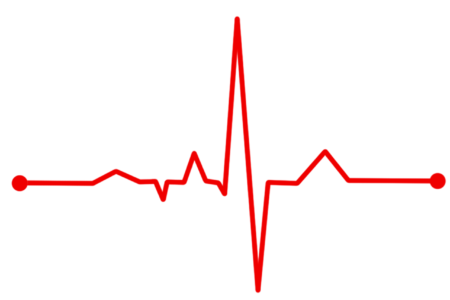Think about the most complicated machine you have dealt with in the past year. Was it a beeping monitor tethered to a high-tech device in an emergency room? Or was it a superfast computer you used at work?
Actually, the most complicated machine you have interacted with was the one you used this morning when you switched on a light or plugged in your coffee machine. The entire power grid has to balance supply (generation) and demand (load) on a second by second basis. We take it for granted most of the time, but it is a marvel when you stop to think about it.
“The U.S. grid is the most complicated machine on the planet,” Bob Morris recently told me. Morris is an engineer who works at Schweitzer Engineering Laboratories (SEL). SEL sells electronic relays and other devices that help the grid function more safely and reliably.
Morris showed me a map of the “backbone” of the grid in the U.S. It looks a bit like a national highway map with oodles of lines running across states. Those big power lines feed into smaller and smaller ones, all the way down to your house.
You can see some of the grid’s complexity right in your neighborhood. Transformers at your local substation or hanging from power poles speak to some of what is going on in the grid. And relays like the kind SEL manufactures control circuit breakers in the power lines.
There is a lot of redundancy in the grid. That means there are back-up routes through which power can flow if part of the grid is lost. Even if a power plant suddenly goes off-line, the grid is designed to compensate for that and get power from other sources to wherever it’s needed.
“Our grid is amazingly robust,” Morris told me. “We have the most reliable power in the world.”
Parts of the grid crackle with energy. When I walk my dog near a hydroelectric dam on the Snake River, we pass under gigantic power lines headed from the dam to where the power will be used many miles away. Those 500-kilovolt lines hum and snap with energy.
The reason the voltage is so high near power plants and dams is that voltage and current are both related to how much power can be shipped through the wires. With high voltage, power can be moved at low current values. Low current means the lines lose less power as the electricity travels, a real issue for shipping electricity over significant distances. So out in the middle of nowhere, the grid favors low current but high voltage lines.
Near your home, the situation is reversed and higher current but lower voltage lines are used. That change requires devices known as transformers. They “step down” or transform the voltage to lower and lower values. Ultimately a transformer near your house lowers the voltage of the grid to what goes through your electric meter and is used by your household appliances.
Just like cell phones, the grid has been getting “smarter” in recent years. Companies like SEL sell relays and other electronic devices that have added new capabilities to the grid. In the old days, when a line went down or shorted out, workers had to go out in trucks or helicopters to look for where the problem was. Sometimes they had to cover a lot of territory just searching for where the problem lay. But increasingly, because of devices like SEL’s products, relays connected to the wires tell the utility company how far from a substation the fault is. This means that responses and repairs can be made much more quickly.
When there is a problem in the grid, it’s the job of protective relays to isolate the faulted area. The instant there’s a fault or short-circuit, the current in the line jumps way up.
“The relays are programmed to lok for that and open a circuit breaker,” Morris told me. “It all happens in less than a tenth of a second.”
As the grid gets smarter, it is getting more reliable, even as it continues to grow. That is the good news – a fact I hope you will remember the next time you turn on a light.







